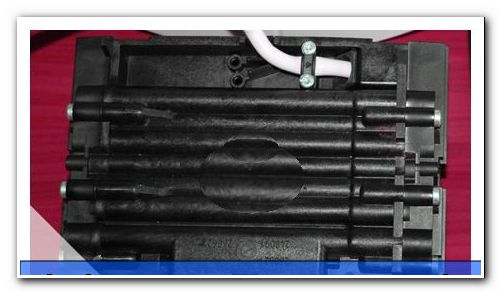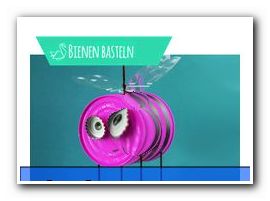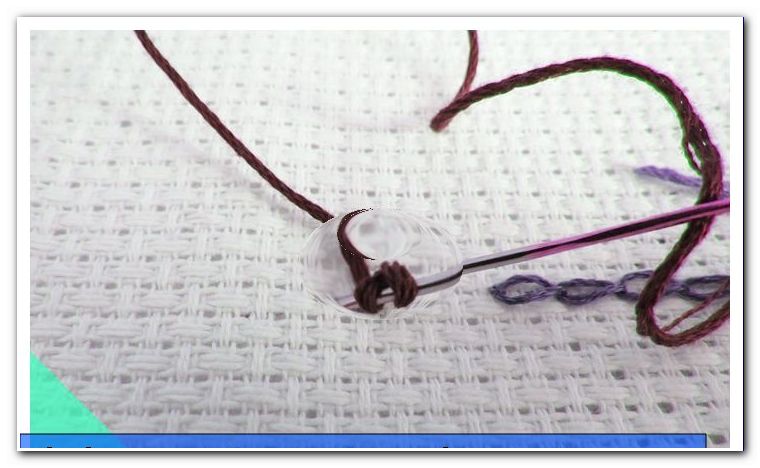Please release if brand at hand - so act correctly
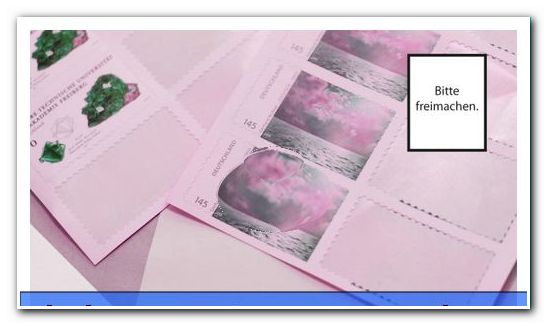
Surely you have already read the phrase "please vacate if brand at hand" on an envelope or a postcard. You have probably wondered if this is a request, a request or a commitment. Is it permissible to send the letter for free and who in this case will pay the postage ">
Although most people read the imprint "please vacate if brand at hand", but stuck out of politeness, habit or ignorance yet a stamp on the letter. It seems strange to send letters without releasing them first. The Federation of Consumer Organizations has estimated that German nationals will pay several million euros too much each year. Whether "please vacate if brand at hand" or just "please vacate" - is printed on the letter, the term "answer", then you have a good chance to send the post for free.
Basic rules for sending mail
In general, the sender must bear the cost of letters and postcards. However, there are exceptions, such as the so-called reply cards or reply letters. In this case, companies have sent letters to customers or potential customers and are now looking forward to an answer. So that the sending of this answer does not fail on a non-existent stamp, a marking can be made as a commercial and the return is free. The basis for this regulation is regulated in the General Terms and Conditions of Deutsche Post AG.
What points should I pay attention to if I want to send a letter for free?
- Letter / postcard must be marked as an advertising mail
- You will find various notes on the envelope or the card, such as "advertising reply", "reply card", "reply"
- The text in the box provided for the stamp is unimportant.
- Various texts are possible for the field, which are not an obligation to free the letter.
Which text can be in the box for the stamp?
If you use the offer and refrain from sticking a mark, then the recipient pays the postage. Although this is basically willing to pay the costs, but also happy about it, if the sender take over the fees for the stamps. Therefore, many companies print a small text in the stamp field, which in many cases does not fail. If the letter is marked as an advertisement, the following printings are of no importance:
- Please give up if brand at hand.
- Please frank if brand at hand.
- Please frank.
- Please vacate.
If you find these texts on a commercial, then you can refrain from sticking postage.
1 of 4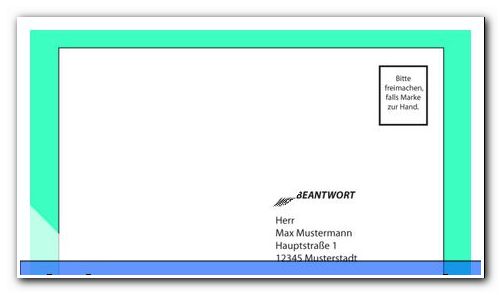
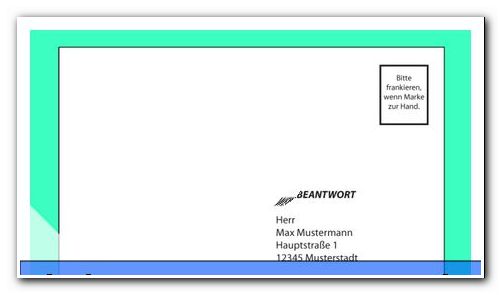
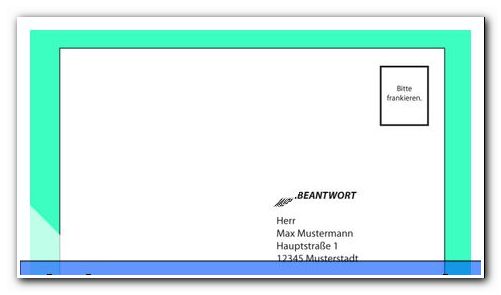
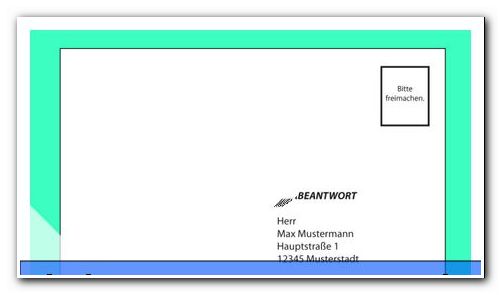
What happens if there is no label as an ad? ">
Not always is a label available as a commercial. In this case, the postage is not automatically covered by the recipient, so you need to free up the shipment. Do not stick a stamp, then it comes to one of the following three situations:
1. The recipient voluntarily pays the postage, including the penalties now incurred.
2. The acceptance is refused and the letter is returned. Now you have to pay the postage plus the penalty fee.
3. Due to missing sender information, the mail can not be sent and will be destroyed after a certain time.
to 1
Since there is no identification as an advertising mailing, a franking would have had to be made. If the recipient voluntarily agrees to accept the consignment, Swiss Post will also charge a collection fee. Whether the recipient bills you for these fees depends on the individual case.
to 2
The recipient is entitled to refuse acceptance. If he does not want to take over the postage and the collection fee, then the letter or the postcard will be sent back. The sender, in turn, is now required to pay the stamp and penalty fees.
to 3
Often, the sender can not be determined because no address has been specified. In this case, Swiss Post stores the letter for a certain period of time and then destroys it. Therefore, you can not be sure if your shipment has arrived at an insufficient franking at the receiver. In this case, you must reckon that the letter will come back after a certain time or has been destroyed in the meantime.
Attention: The described situations are not only valid for a missing franking but also for an insufficient franking. Therefore, pay close attention to the correct franking. Even a few cents difference can otherwise lead to one of the above scenarios.
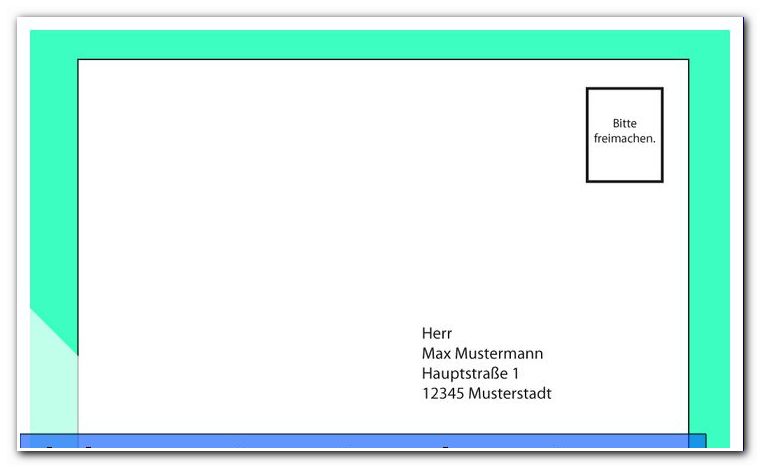
The letter is not an indication of a commercial, what do I do now ">
In this case, you must make a sufficient franking, regardless of whether the note "Please vacate if brand at hand" is visible or not. You must pay attention to the size of the letter as well as the weight. Below is a selection of the most common types of shipping at Deutsche Post, including prices (as of December 2015):
1st letter to 20 grams: 0.62 euros
The maximum size for the standard letter is 23.5 cm x 12.5 cm x 0.5 cm.
Tip: As a rule, you can send up to 3 folded DIN A4 pages in this variant.
2nd letter to 50 grams: 0.85 euros
The size of the envelope for the compact letter must not exceed the dimensions 23.5 cm x 12.5 cm x 1 cm.
Tip: The weight corresponds to 8 folded DIN A4 pages.
3rd letter to 500 grams: 1.45 euros
This variant is known as a large letter. It is used, for example, for up to 95 DIN A4 pages. It should be noted that the maximum size may be 35.3 cm x 25 cm x height to 2 cm.
Tip: As the permissible size has also increased, this letter variant is often used even if the sides should not be kinked.
4th letter up to 1, 000 grams: 2.40 euros
The so-called Maxibrief is up to 1, 000 grams and has a maximum size of 35.3 cm x 25 cm x 5 cm. Due to the size and the maximum weight you can send up to 190 DIN A4 pages. Even small books or brochures can be sent.
5. Postcard: 0, 45 Euro
The postcard may be up to 23.5 cm x 12.5 cm in size and have a basis weight of 150 to 500 grams per square meter.
Attention: Please note that the prices shown are only valid for shipping within Germany and the prices can be changed by Deutsche Post at any time.
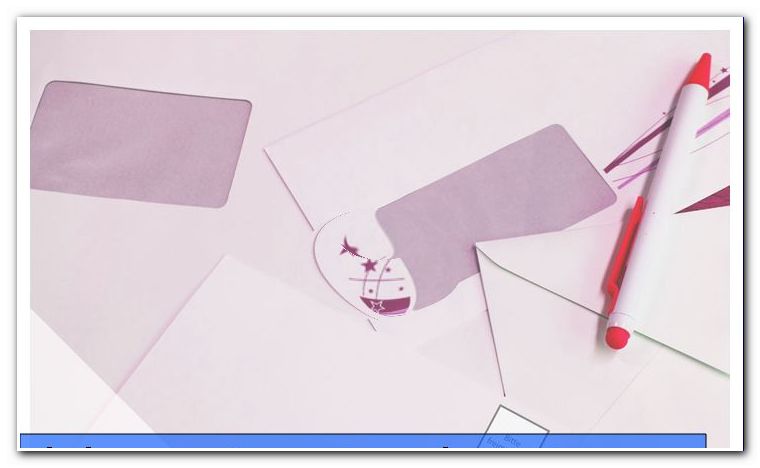
Which stamps should I use "> 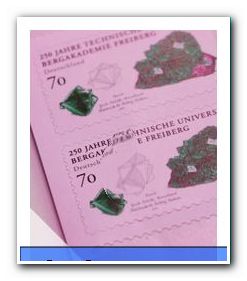
If you need to free the letter, you can choose from self-adhesive stamps and wet-stick stamps. The self-adhesive stamps are particularly useful because they are peeled off and stuck to the film like a sticker. The wet-sticking stamps must be moistened at the bottom with a little water.
Tip: The well-known licking on the stamps should be avoided as the underside of the marks contains chemical adhesives. If you often put on labels, then it is worth buying a small stamp humidifier. This is a bowl with a small sponge, which delivers just the right amount of water.
Print postage online
In addition to the classic stamp, which you can buy in the branches of Deutsche Post, it is also possible to print the postage online. In this case, you pay the fees directly over the Internet, with no additional fees being charged. You can then print the stamps yourself, for example directly on the letter or on paper.
Tip: Again, you have the option of selecting the motif for the stamps yourself.
Tips for quick readers:
- Marking as advertising message: no franking necessary
- missing marking: clearance necessary
- Text in the stamp field irrelevant
- pay attention to sufficient franking
- in case of non-compliance penalty postage
- Recipient does not have to accept shipment
- Shipment returns to sender
- Sender can not be determined: Letter destroyed
- self-adhesive or wet-sticking stamps
- Print stamps online
- Letter up to 20 grams: 0.62 euros
- Letter up to 50 grams: 0.85 euros
- Letter up to 500 grams: 1.45 euros
- Letter up to 1, 000 grams: 2.40 euros
- Postcard: 0.45 euros
- in addition, pay attention to maximum sizes


